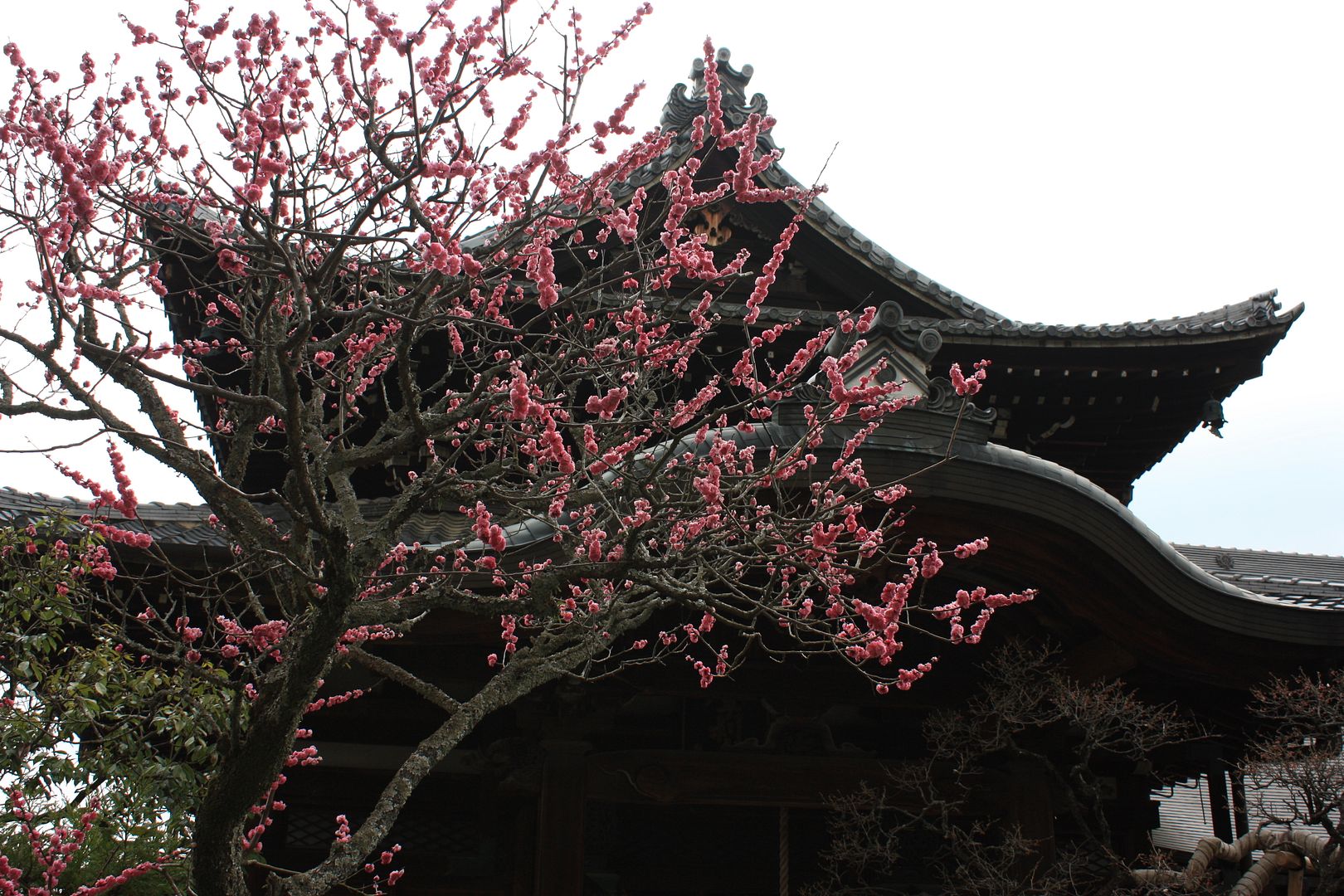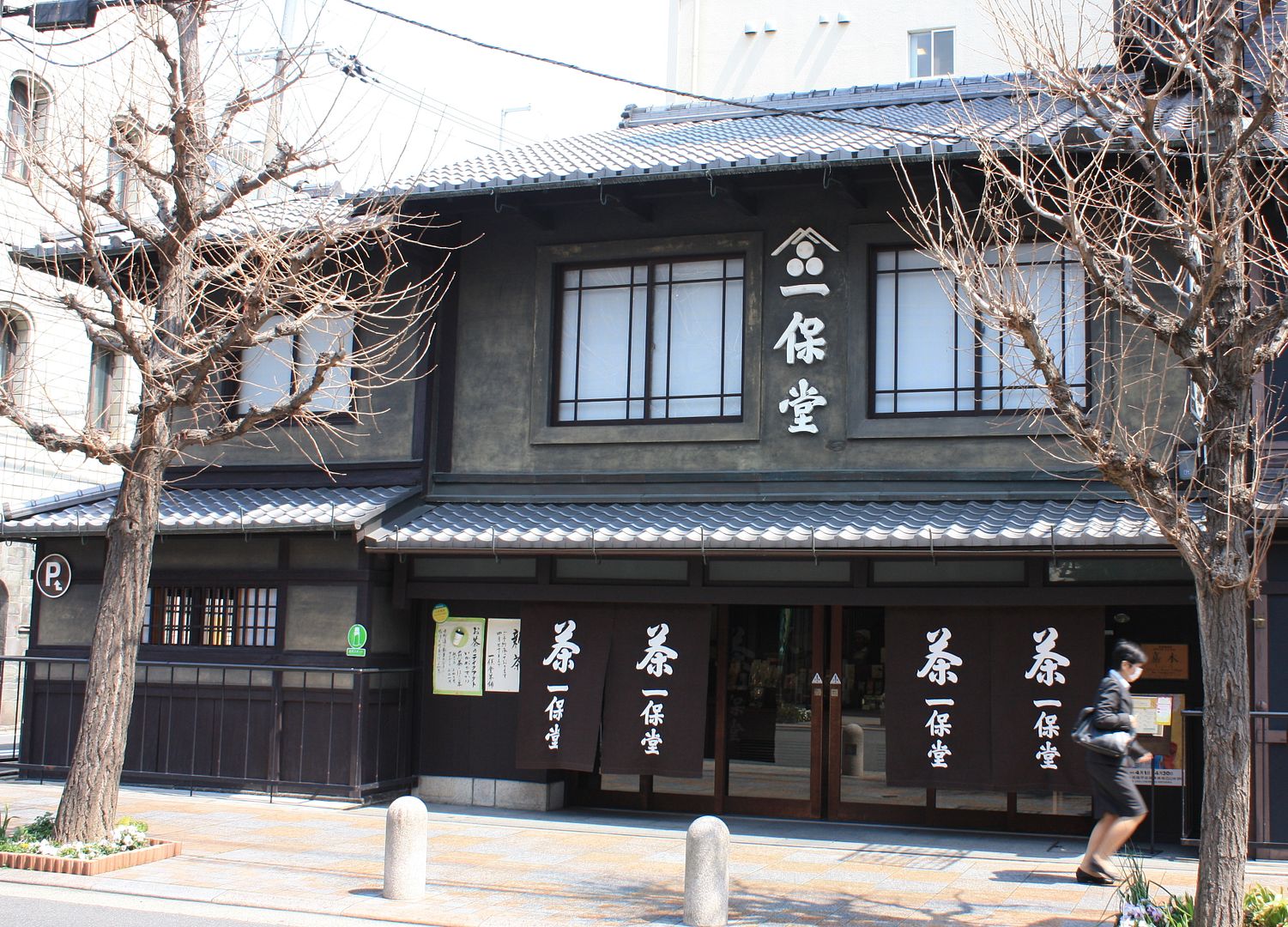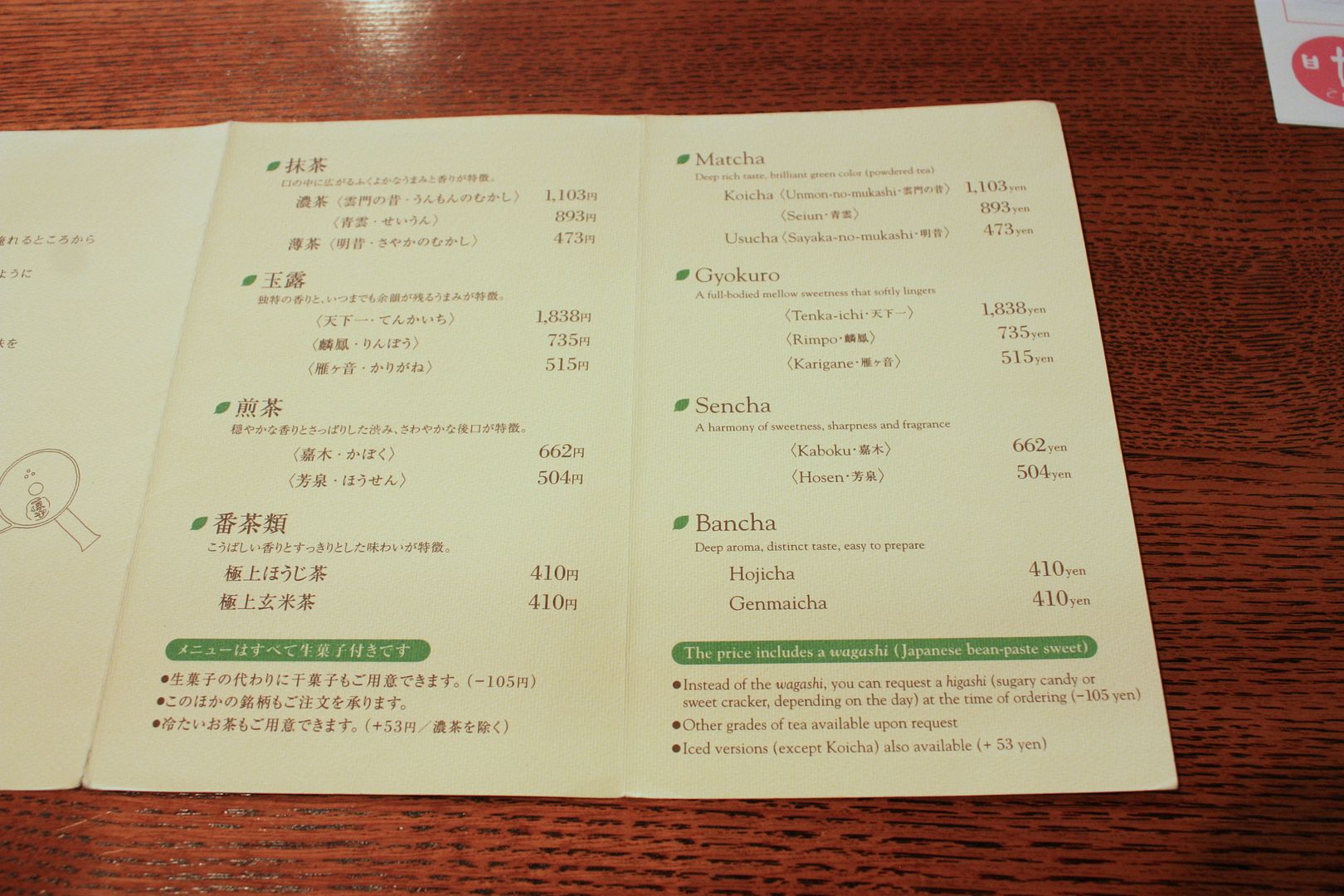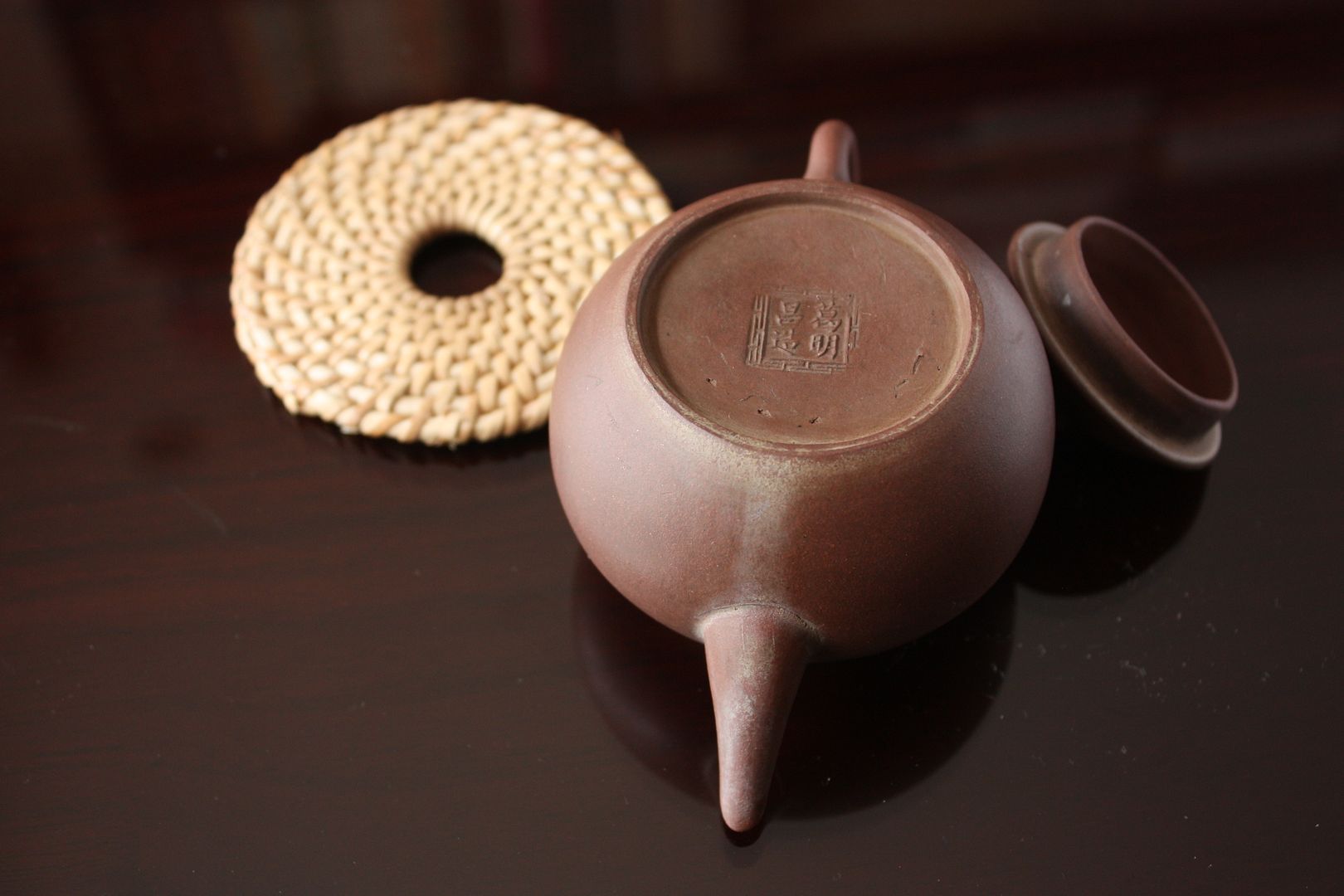On my recent trip to Shanghai I made a stop in my hometown. I stayed the night, and the next morning my hosts brought me to a teahouse to have something very local – breakfast tea, with noodles
 The noodles are in the bowl in an aged mushroom broth. The other stuff you see, from left to right, are pork chop, ginger strips, bamboo shoots, veggies, and smoked fish. All of these are supposed to be thrown on top of the noodles before consumption. As for the tea? Local Yushan green tea, which is not exactly the most elegant thing on Earth, is rather sweet, and goes down really well with local noodle breakfast.
The noodles are in the bowl in an aged mushroom broth. The other stuff you see, from left to right, are pork chop, ginger strips, bamboo shoots, veggies, and smoked fish. All of these are supposed to be thrown on top of the noodles before consumption. As for the tea? Local Yushan green tea, which is not exactly the most elegant thing on Earth, is rather sweet, and goes down really well with local noodle breakfast.
When I first drank the tea, it’s the typical Yushan green tea taste. After the noodles, though, it actually got sweeter – partly because it’s a bit more diluted now, having been refilled with water, but partly also because I just had a bowl of noodles. Food, of course, changes how you perceive your tea, which is why I normally don’t eat snacks when I drink tea.
When you drink a lot of tea gongfu style, it is easy to forget that there is a world of people, in fact, the majority of drinkers in China, who drink green tea day in, day out. Tea is also mostly drunk with meals, and a really strong, bitter tea doesn’t often go well with a lot of food. On the other hand, green tea, with its refreshing and sweet taste (if it’s good, anyway) goes down great with a lot of foods. This is especially true if the local cuisine is a little heavier in taste. In Guangdong, where the local cuisine is more delicate, a stronger tea (like cooked puerh) might actually contrast well with the food. Food and tea pairing is definitely something people should start working on, although I think it is not easy to do – mostly because of the problems of preparation (what do you do when you’re halfway into a meal – rebrew new tea? You can have some serious caffeine problems that way). Maybe someone should think about how to resolve these issues.


















Yeah whisky prices have been leaking too, as well as luxury watches. I wrote a post maybe a decade ago…